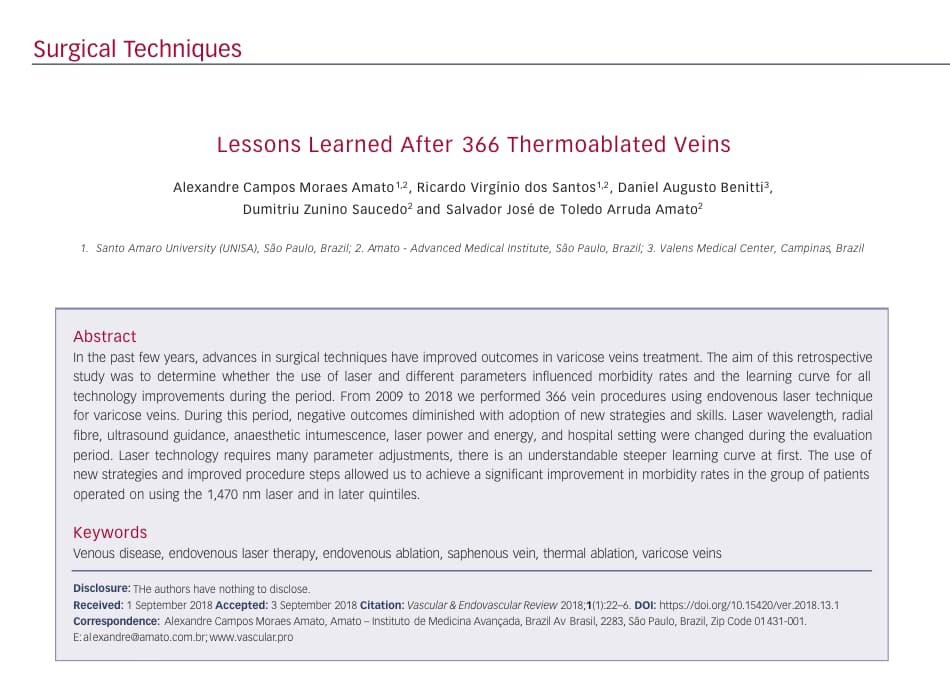Background
Understanding the difference of Adamkiewicz artery (AKA) presentation in healthy and diseased subjects, and the influence of atherosclerotic factors prevalent in aortic disease patients, are important for aortic disease therapeutic planning. This study used a 320-detector row computed tomography (CT) device to examine the impact of clinical aspects of AKA identification in individuals with and without aortic disease.
Methods
Angio-CTs obtained from 115 patients were assessed and the individuals grouped according to the presence or absence of aortic disease. Datasets were analyzed using OsiriX software, and AKA was identified by three-dimensional multiplanar reconstruction.
Results
The group without aortic disease (Group A) comprised 32 (52.5%) men and 29 women, with a mean age of 53.7 ± 16.8 years. The group with aortic disease (Group B) comprised 31 (57.4%) men and 23 women, with a mean age of 64.8 ± 11.6 years. AKA was identified in 49 (80.3%) participants of Group A and 23 (42.6%) individuals of Group B (P ≤ 0.0001). In 53 cases (73.6%), AKA originated on the left side. AKA was mainly detected on the left side (73.6%), at the level of T10 to T12 (70%). Tobacco smokers, former smokers, and hypertensive patients had increased odds of having undetected AKA.
Conclusions
Using the method described and a state of the art 320-detector row CT device, AKA was detected more frequently among individuals without aortic disease. Thus, aortic disease and atherosclerotic risk factors hindered AKA detection.
Influential Factors on the Evaluation of Adamkiewicz Artery Using a 320-Detector Row Computed Tomography De… by Alexandre Amato on Scribd






